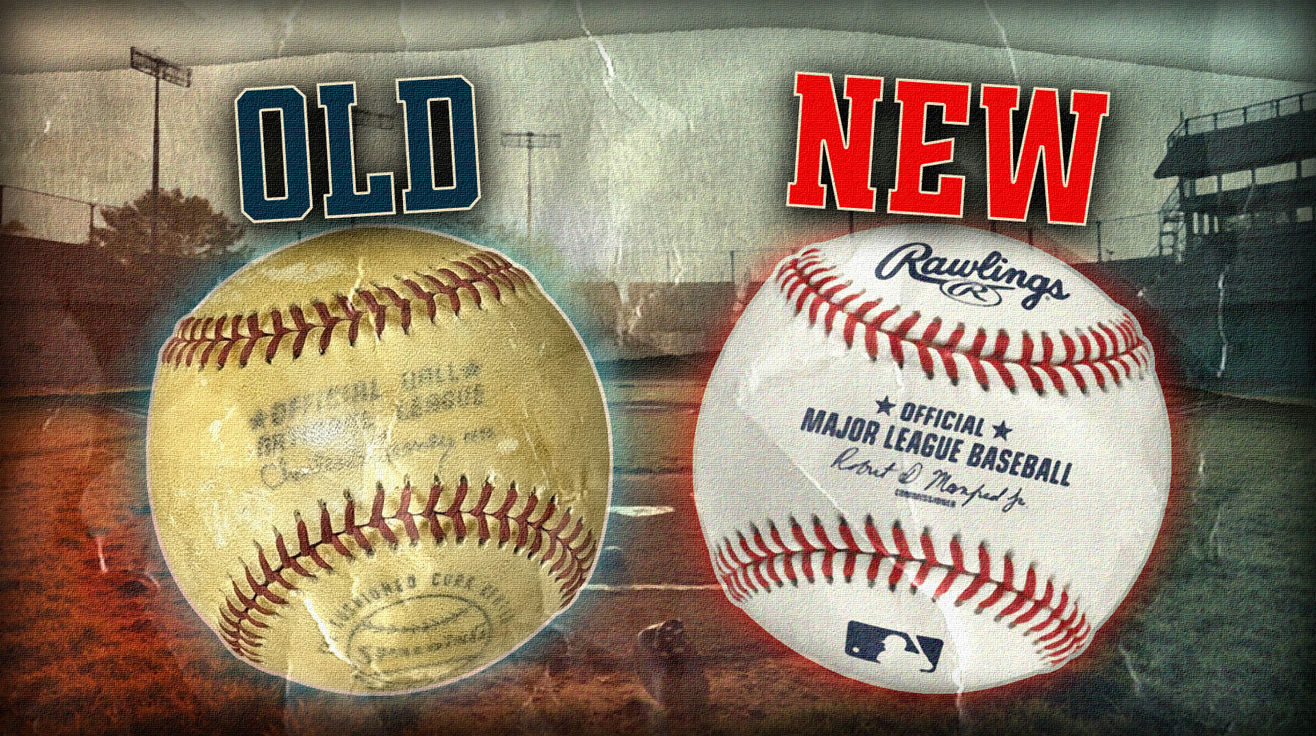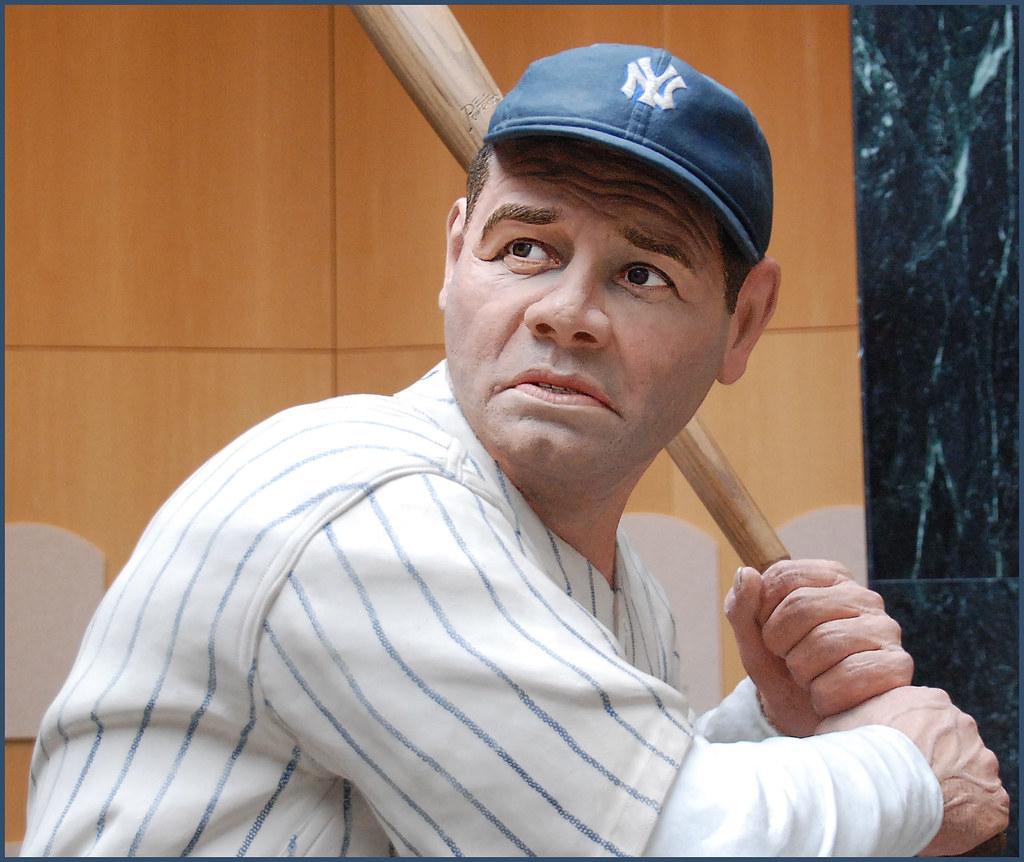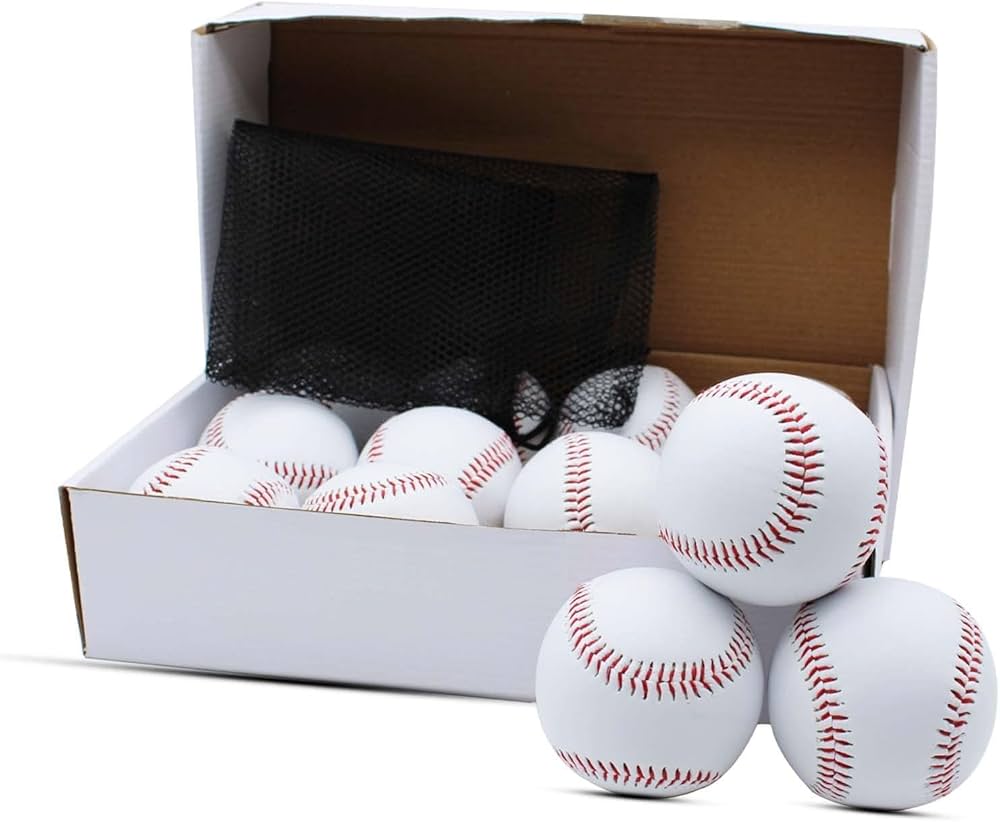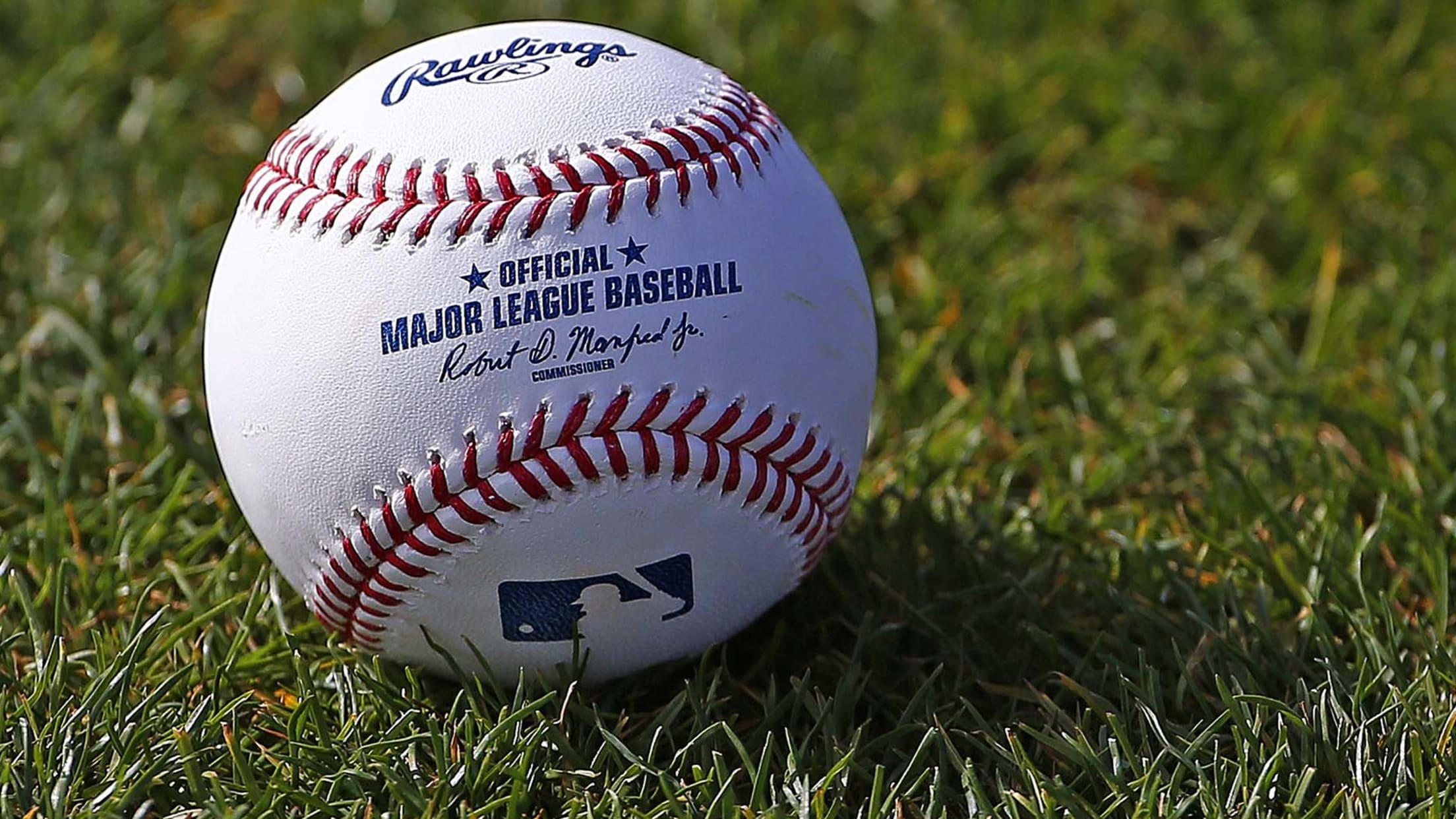
Baseball feels timeless and pure. Then you look closer at the baseballs. These innocent white spheres hide decades of drama. You think the game is fair and standard? Think again. From deadly accidents to secret mud, baseball’s controversies run deep. The sport you love isn’t as honest as it seems.
The Tragic Death That Changed Everything

Ray Chapman stepped up to bat on August 16, 1920. He had no clue he’d become baseball’s only on-field death. Carl Mays threw the fatal pitch. It cracked Chapman’s skull with a sickening sound. Everyone thought it was just another hit.
Chapman died the next day. Ray Chapman’s fatal injury remains one of baseball’s most sobering moments, prompting immediate reforms in how the game manages ball safety and player protection. Baseball panicked and changed everything. Clean balls became required. Dirty ones got tossed faster than a rookie pitcher. The spitball? Banned forever. One man’s death saved countless others.
The Yarn Revolution That Launched the Home Run Era

Here’s a fun fact that’ll blow your mind. Every baseball has 370 feet of yarn wound inside. In 1921, MLB switched to fancy Australian yarn. Nobody saw what came next. Babe Ruth went from 11 homers to 59 in three years. The history of the live-ball era illustrates how a simple change in baseball materials could fundamentally alter the sport’s offensive dynamics.
The whole league exploded. Home runs jumped 400% in three seasons. Tighter yarn meant bouncier balls. Baseball transformed from small ball to power hitting overnight. One yarn change created the modern game we know today.
The Blister Epidemic That Plagued Pitchers

Rich Hill and Noah Syndergaard couldn’t grip their fastballs in 2017. Their fingers looked like raw hamburger. Scientists found the problem: laces were 9% thicker than before. Sounds tiny, right? Wrong.
Those fat laces created nasty friction. Pitchers lost control of their best stuff. Home runs spiked to 1.26 per game. Was this planned? MLB won’t say. The blister crisis exposed how little anyone watches ball quality.
The Mysterious Case of the Morphing Baseballs

Players started whispering about shape-shifting balls. Some looked flat on one side. Seams sat at weird heights. The yarn inside wound unevenly, creating flying disasters waiting to happen.
Rawlings makes balls in two countries now. Costa Rica and China produce different results. Home runs dropped to 0.91 per game. Imagine trying to hit when you don’t know if the ball will fly straight or dive like a wounded duck.
The Rubber Core Revolution

Baseball cores used to be simple. Then chemists got involved. The new synthetic rubber cores bounce 30% more than old ones. Take away half a gram of weight? Home run chances jump 5-10%.
Mark McGwire’s 70th homer ball had extra rubber inside. That meant 30-50 more feet of flight. Every steroid-era record now looks suspicious. How many “clutch” hits were really just doctored equipment doing the work?
The Steve Bartman Ball That Broke Chicago’s Heart

Poor Steve Bartman just wanted a souvenir. Game 6, 2003 NLCS. He reached for a foul ball and deflected it from Moises Alou’s glove. The Cubs collapsed faster than a house of cards in a hurricane.
Chicago fans turned that baseball into public enemy number one. They blew it up on live TV like some kind of sports exorcism. One ball became the symbol of a century of heartbreak. That’s the power these little spheres hold over our souls.
The Million-Dollar Ball Business

MLB figured out how to turn $10 baseballs into thousand-dollar goldmines. They slap hologram stickers on game-used balls and call them “authenticated.” Barry Bonds’ 756th homer ball sold for $752,467. That’s more than most people’s houses.
They sell 700 authenticated balls each year. The markup hits 1,000% or more. This creates a nasty problem. When balls become this valuable, who’s watching quality control? Money talks louder than fair play sometimes.
The Secret Ingredient in Every Baseball

Every MLB ball gets rubbed with mud from a secret spot on the Delaware River. This sounds like something from a fairy tale, but it’s real. Only four people know where this magic mud comes from.
They’ve been doing this since 1938. The mud supposedly gives better grip than tobacco juice. But here’s the kicker: they’re probably stealing it from public land. Modern science could make better grip enhancers, but baseball loves its weird traditions more than logic.
The Supply Chain Crisis That Split the Season

Supply problems hit MLB in 2021. They had to use two different ball types all season long. One flew way farther than the other. Players felt like they were playing two different sports.
Imagine being a hitter and not knowing if your swing will send the ball 350 feet or 400 feet. Coaches went crazy trying to adjust strategies mid-season. This mess showed how fragile baseball’s equipment supply really is.
The Vanishing Postseason Power

The 2019 playoffs featured a cruel joke. Postseason balls traveled six feet shorter than regular season ones. That tiny difference killed 10% of home runs. Meanwhile, regular season bombs over 450 feet jumped 117% during certain stretches.
Players noticed right away. MLB said nothing. The most important games used different equipment, and fans had no clue. It’s like finding out the Super Bowl uses deflated footballs, but nobody tells anyone until years later.
The Pitcher’s Rebellion Against Wet Balls

Lucas Sims had enough. Rain was soaking the baseballs, and he refused to throw them. Four balls in a row got rejected. Wet balls slip out of hands like greased pigs. That’s how pitchers hurt their arms.
Sims’ protest showed MLB has no real wet-weather policy. They just wing it and hope for the best. Weather-resistant balls exist, but tradition wins over safety every time. One pitcher’s brave stand exposed years of dangerous negligence.
The Environmental Cost of America’s Pastime

MLB burns through 2.4 million baseballs every year. That requires hide from 16,000 cows and 880 million feet of yarn. Each ball lasts just 1.5 pitches before getting tossed like yesterday’s newspaper.
The waste is mind-boggling. Imagine throwing away 1.6 million perfectly good baseballs because they touched dirt. Mother Earth weeps while ticket prices soar. Maybe it’s time to rethink this throwaway mentality.
The Smoother Leather Phenomenon

Recent balls felt different in players’ hands. The leather was smoother than a used car salesman’s pitch. This tiny change cut air resistance and sent home runs flying like rockets. Long bombs spiked 117% during peak periods.
MLB changes ball surfaces without telling anyone. Players adapt while fans stay clueless. It’s like changing the recipe for Coca-Cola but pretending nothing happened. Transparency would be nice, but baseball prefers its secrets.
The Lace Thickness Scandal

Nine percent thicker laces sounds boring until you see the results. This tiny change caused a 46% spike in home runs. Thicker laces changed how pitchers gripped the ball and how it spun through the air.
Small changes create huge impacts. One measurement tweak altered an entire season’s worth of statistics. It’s scary how little it takes to transform America’s pastime into a completely different game.
The Future of Baseball Integrity

MLB claims they want consistent balls. The evidence suggests otherwise. Add 3.3 feet of distance and home run odds jump 10%. Players suspect manipulation while MLB denies everything with straight faces.
Random equipment changes threaten everything we love about baseball stats. While debates about equipment manipulation persist, stories like the Braves’ bullpen MVP offer hope that standout performances can still shine through baseball’s ongoing evolution. How do you compare Hank Aaron to Barry Bonds when the balls were different? Trust requires transparency. Baseball’s future depends on honest equipment and honest answers.



